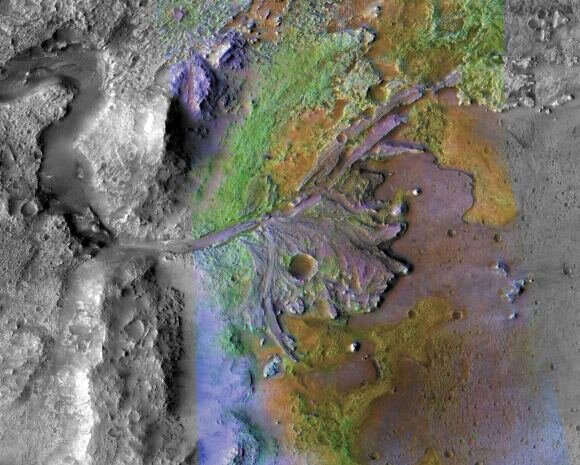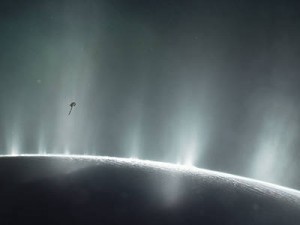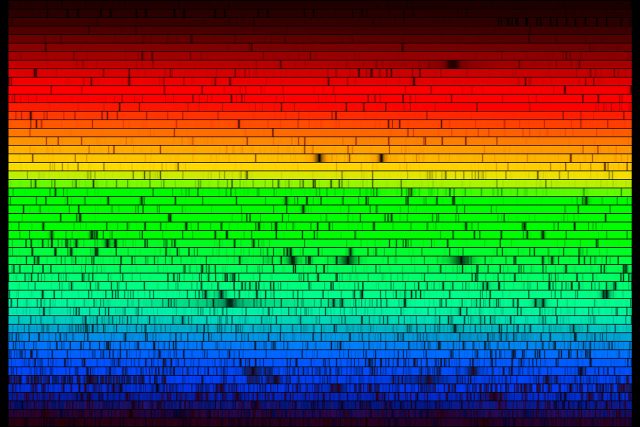Astro Biology (Abhirami V)

This blog post was the second runner up of Estrella in AstraX 2021.
Endless sky surrounding our planet always fascinated the mankind and their thirst for knowledge urged them to unravel the mysteries of universe. As they dive deep into the vast ocean of vacuum and dust, new questions began to arise.
In order to find possible answers to all these questions scientist from different fields collaborated and there starts the journey of ‘Astrobiology’.
Astrobiology (formerly known as Exobiology; coined by Joshua Lederberg, a molecular biologist and Nobel prize recipient) is an interdisciplinary scientific field that examines the origin, evolution, distribution and future of life in the universe.
In short, astrobiology is trying to answer the question “Are we alone in this universe?”. So, what methodologies do they use to study about cosmic life? Let’s look into it.
HOW TO STUDY LIFE IN COSMIC PERSPECTIVE?
If we want to speculate what life in other worlds would be the only logical way is to look at the origin, evolution and existence of life on earth, the only known planet that supports life till now, and then extrapolate them to the topographic and atmospheric conditions of other celestial bodies. And this is what astrobiologists do.
So, what are the important things that made life possible on earth? Presence of elements and molecules like hydrogen, nitrogen, methane, carbon dioxide, phosphates and ammonia, presence of liquid water which act as a medium for the elements and molecules to comingle and react with each other and a source of energy to grow and reproduce made life possible on earth. The presence of liquid water indirectly points to the necessity of a planet or celestial body to be in the habitable zone (not too hot nor too cold zone).
By looking at the conclusion drawn from the origin of life on earth, above are the important condition that makes life possible. But “Is it necessary that a planet need to be in a habitable zone for liquid water to exist?” The answer is NO. Careful study about Enceladus, Saturn’s moon and Europa, Jupiter’s moon made it clear that liquid water can exist even if the body is not in the habitable zone. These two moons have global oceans covered with icy crusts.

In the above-shown figure of Enceladus, the bright plumes are water vapour ejecting out from the surface due to tidal heating and NASA’s
Cassin spacecraft even detected the presence of some minerals in them (indicating possibilities of life).
Similar is the condition of Europa, tidal flexing causes the ocean to remain liquid and cause ice crust movement similar to plate tectonics. Water vapour plumes are also detected on its surface by the Hubble space telescope.
Another question that contradicts the conditions drawn out from the history of life on earth is:
Does the liquid medium for life to exist need to be water? NO for sure. Water is more suitable because of its amphoteric nature. It can participate in a handful of biosynthetically relevant acid-base reaction and thereby increasing the possibilities of biosynthesis. Even, ammonia can carry out the same function but it will give rise to a class of organisms that can live in a different pH range. Thus, what we need is a solvent only!
Saturn’s largest moon Titan also justify this fact. Titan has lakes and rivers just like the earth with only one difference, those lakes and rivers are filled with liquid ethane and methane rather than water. Scientists do believe that these liquid-hydrocarbons can take place the role of water in a living cell different from those on earth.
Discovery of extremophiles (microorganisms living in extreme conditions like hot springs, acidic and salty lakes etc.) also changed the way at which we look into life. Scientist found microorganisms from the craziest and wackiest corners of earth where ones thought life couldn’t exist. A thermophilic species G.thermantarcticus even survived in the
extreme conditions of outer space. Thus, they helped in expanding the limits of life which before their discovery was too narrow.
Are there any other things that can indicate the existence of life? Atmospheric composition and pigmentation on the surface (false colouration due to the spectral properties of minerals in the rock) can indicate it.
Higher concentration of some gases in the atmosphere possibly indicates the existence of life.
For example, we can take a look at earth in a perspective that we are an alien hoping to find the existence of life on earth. What we notice while observing the atmosphere of earth is the presence of higher concentration of oxygen and methane, two gases that can’t be in equilibrium with each other as methane can be readily oxidized. This will indicate the presence of a methane source in the surface which can be some anaerobic microbes.
In order to get an idea about how pigmentation on the surface indicates life, we can take a look at one of the recent discoveries.

In the above shown is the picture of a valley in Mars, the blue colours are the igneous minerals that are formed from volcanic eruption, while the green and turquoisey colour indicate clay minerals that are formed when volcanic rocks are eroded with liquid water or any other solvent thereby indicating the presence of solvent and life in early stages of Mars.
With the launching of Kepler space telescope more than 4000 exoplanets have been discovered which are light-years away. So, How can we look for all these factors in them?
The methods used to find exoplanet plays a crucial role in it. The radial velocity technique (Doppler spectroscopy) gives an idea about the mass and orbital proximity of an exoplanet (gives idea about the planet’s temperature) while the Transits method will provide information about the volume of the planet. By combining mass and volume we will get density thereby an idea about planet’s nature (like rocky or oceanic).
The careful study of a star’s spectrum will give us idea about the atmospheric composition of the star and its planets.

The above figure is the solar spectrum and the black bands indicate that some lights are prevented from reaching because of the gases in the sun and earth’s atmosphere. Each gas will prevent certain colour
from reaching and by close analysis of each spectrum, the atmospheric composition of an exoplanet can too be revealed.
Finally, we can briefly analyze a common question, DOES INTELLIGENT LIFE EXIST?
No matter how unlikely you think abiogenesis is (even though it’s one in a billion chance) with billions of worlds scattered around the universe there is a high success rate to find a planet with life in fact, there is a possibility to find intelligent life too.
Frank Drake, an American astronomer introduced the ‘Drake equation’ in the first SETI (Search for Extra-Terrestrial Intelligence) meeting to justify this.
The Drake equation is:
N = \(R \times f_p \times n_e \times f_l \times f_i \times f_c \times L\)
N = number of civilizations in our galaxy available for communication.
R = average rate of star formation in our galaxy
\(f_p\) = fraction of stars that have planets
\(n_e\) = average number of planets that can potentially support life per star that has planets
\(f_l\) = fraction of planet that could support life
\(f_i\) = fraction of planets with life that could actually develop intelligent life
\(f_c\) = fraction of civilization that develops a technology that can release detectable signs for their existence into space
L = length of time for which such civilizations release detectable signs into space
Though the last four parameters are unknown and are difficult to estimate Drake’s equation provides an idea about what all factors do scientist need to consider while searching for life elsewhere and thereby acting as a road map to solve mysteries of cosmic life.
The number of population II star (stars older than sun, a population I star) made astrobiologist pessimistic about the existence of intelligent life. Many of these stars must have habitable planets where life can originate millions of years before ours thus forming a hyper intelligent civilization that can colonize other worlds at an exponentially growing rate. If this is true then where are these hyper-intelligent species? 🤔
This fact that we can’t see or hear any such species forms the essence of FERMI PARADOX.
But does the fact that we can’t see or hear anyone means that no one is there? Not necessarily, perhaps instead of colonising the galaxy, they might have decided to retrieve into their own technology, living in a complete virtual world and thereby sending no cosmic signals. Maybe they are watching us from afar, to see whether we will develop into a civilization that worth attention or maybe they are sending other signals which we couldn’t detect.
Since they are formed many millions of years before than us there is a possibility that they might have visited ‘the earth without humans’ or maybe just maybe we are the only ones!!!
Amidst all these speculations the field of astrobiology is looking forward to that discovery that can embrace our life on earth and can shape a better future than we have ever known
References
-
Tyson and Neil deGrasse’s, “The Search for Life in the Universe”
-
“About Astrobiology”. NASA’s Astrobiology Institute.
-
Shostak and Seth’s “Our Galaxy Should Be Teeming With Civilizations, But Where Are They?”
Image credits: NASA
 Never miss a story from us, subscribe to our newsletter
Never miss a story from us, subscribe to our newsletter